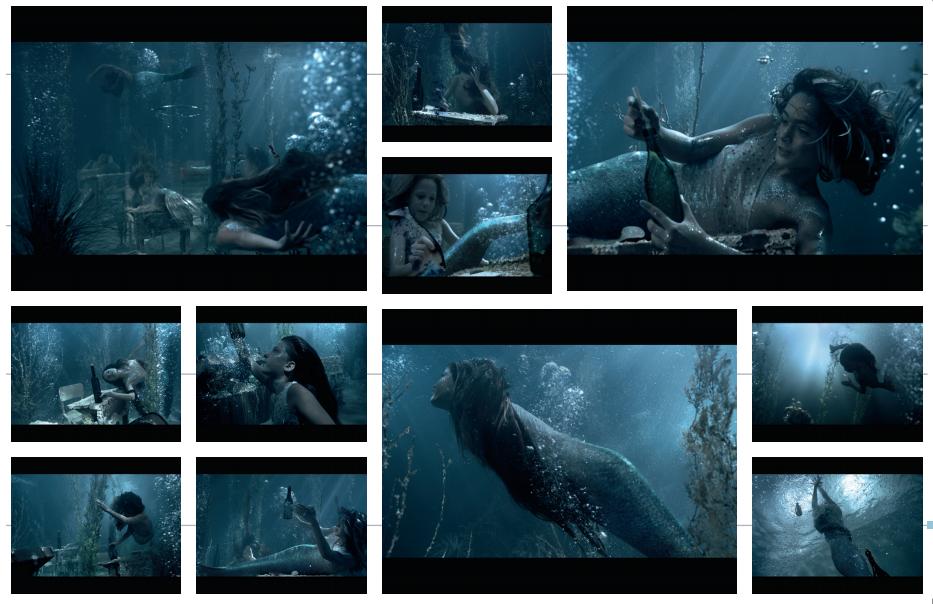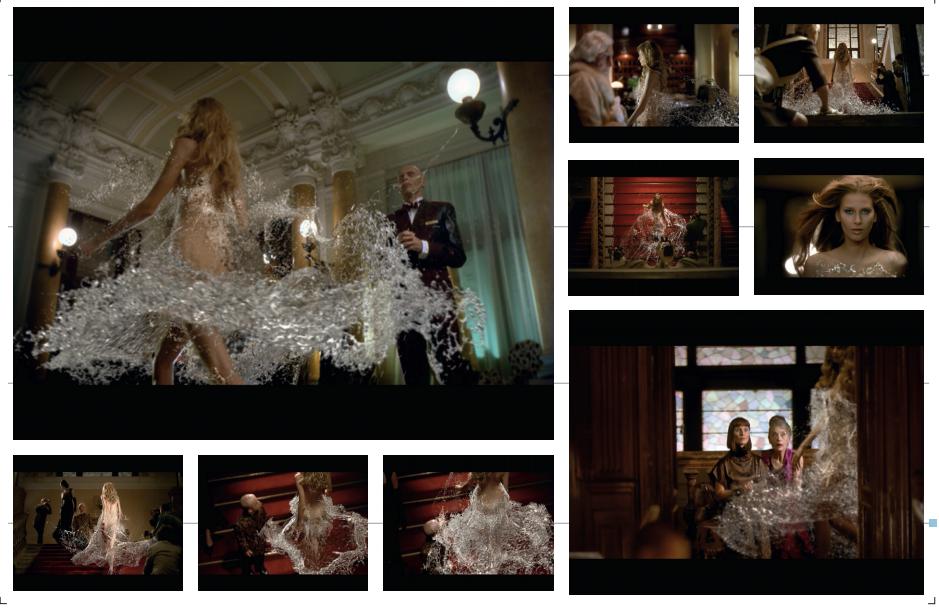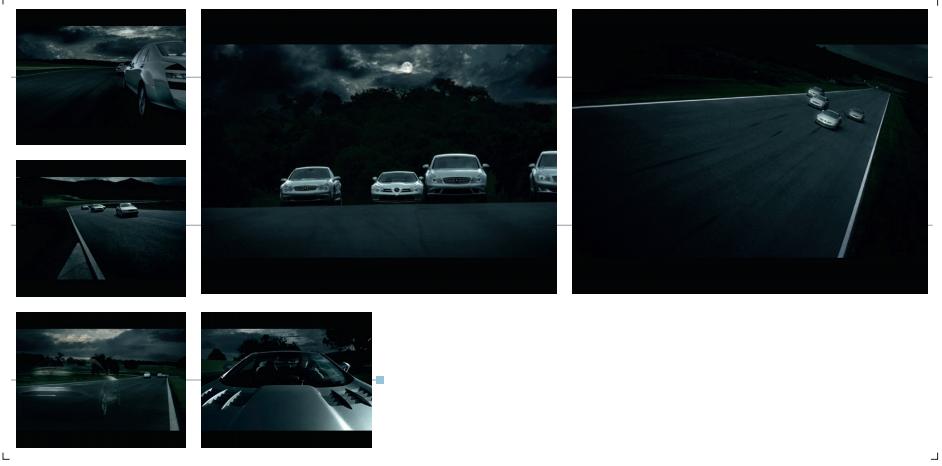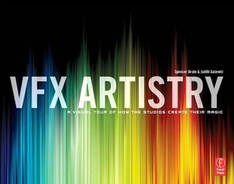13 VELVET
STUDIO PHILOSOPHY
Velvet is a design, studio, and film production company. Flexibility is essential to our philosophy in order to adapt to the specific needs, requirements, target audiences, and strategic objectives of each client. We create tailor-made designs and produce challenging commercials/movies by means of production, usability, and costs.
Matthias Zentner, Designer/Director, and Andrea Bednarz, Creative Director, founded Velvet in 1995 in Munich/Germany. They estab-lished Velvet in order to be able to further their complementary experience, shared passion for design and quality, and constant search for varied creative stimulus.
Rather than a company face and name, we see ourselves as a group of individuals each contributing his or her know-how and experience, interacting and united under a clear company mission: obsession, passion, a sense of humor, aesthetic values, and technology research.
In terms of methodology, we work within adaptable and highly skilled creative teams that cover all the stages from conception to fully fledged design. Each project changes the team constellation, redefining the use of designers, concept makers, creative directors, animators, 3D specialists, operators, directors, producers, editors, copywriters, musicians, and software developers.
This teamwork allows us to keep tight control during the creative process in all its phases and guarantees the quality of the design we strive for. Our goal is to find all-encompassing design solu-tions in order to implement the client’s vision.
We coordinate concepts and storyboard layout, direction and production, editing and post. Our in-house technical equipment allows for a controlled, top-quality workflow from conception to completion. Along with direct personal contact with the client/agency, we also work actively through the Internet and our own ftp server to overcome the time differences and distances that sometimes exist.
GRAN CENTENARIO: THE CALLING
Creative and Production Process In the late 1800s, Lazaro Gallardo, a tavern owner and tequila producer, named his specially produced tequila Gran Centenario to mark the beginning of the new century and also the beginning of tequila sales at his tavern. Inspired by French art deco, the exquisite bottle deserved a new campaign to show the outstanding quality and the grand heri-tage of the product.
In the commercial, the Centenario angel summons an outstanding angel party with its powerful trumpet. A diner in the evening is the target of its call.
From a calm, normal evening atmosphere, with the sound of the trumpet comes a big blast, causing complete destruction of the diner. The pressure of the powerful sound causes tables, lamps, chairs, objects, and people to start to tremble and shake and, finally, fly through the air, drawn outside against all laws of gravity.
Only two characters, a man and a woman, stay calm and resist the power. They seem to recognize each other as different beings. Now alone, they move closer, transforming into dark angels with huge wings, flying off to their meeting point, still following the conspirative music.
It is the Centenario angel statue, calling all angels with her horn to a secret meeting, a won-derful, gentle angel made out of stone, coming to life and transforming into the angel on the label.
After weeks of precise planning, the shooting of the destructive diner scene took place in a huge film studio in Prague, leaving a taste of caducity behind. The mansion in the final scene was found on the outskirts of the city. The actual angel wings were built just for the main actors in Italy with a costume designer and sfx house. The Centenario angel was built out of leather, and in order to age the angel, body painting was used. To keep the leather in pleats, silicon was used to reinforce the stiffness, while still allowing her to move. The two main actors were wearing immovable rigged wings, which were attached to the costumes. All other angel wings were done in CGI. During the lengthy postproduction period, the integrity of the effects was naturally implemented. The actors had tracking sticks coming out of their backs in order to get the spatial tracking from their bodies. Feathers were individually photographed to get the same texture as the actual model.
The destruction scene was challenging due to the mix of real sfx and vfx. The more we could obtain on camera, the more credible the 3D effects were. All of the flying rigs (three in line) were built on set to make the lighting more credible, and a large number of explosions, rigging, lighting strikes, and dust fans were practically integrated into the real set, like a choreography of destruc?tion. Many rigs were retouched on Shake later. The CGI artists had the challenge of working with the fast flickering light and the color changes.
The compositing used a combination of Shake and Flame. On Shake, a lot of retouching, masking, and rotoscoping was done, while on Flame, all the layers of plate shooting, CGI objects, and particle dynamics had to be brought together. My task was to give the whole commercial a magical look; like classic paintings, it should stay firmly in the audience’s minds. “Made differently” is the claim of Gran Centenario, and this is exactly what the sur-prising plot of the commercial reveals: one glass of this tequila can evoke an impressive impact, not only on the liver.
Tools Shake, Flame
Credits
Director: Matthias Zentner
DOP: Torsten Lippstock
Editor: Jochen Kraus
VFX Supervisor: Abdelkareem Abonamus
Technical Directors: Daniel Stern, Tobias Ott
Artists: Yuta Shimitzu, Bastian Traunfellner, Adam Wesierski
Shake: Manu Voss, Christian Stanzel, Martin Tallosy, Christian Deister,Dagmar Ammon
Flame: Sylvie Roessler



CLOROX: MERMAID
Creative and Production Process In this com-mercial, you are invited to dive into your bathtub and daydream underwater with a mermaid and her mermaid friends. You accompany the mermaid to her mermaid school: a place of happiness, a playground for other mermaids.
The shooting took place in Bucharest in an inside pool in a studio. The challenge was to con?struct the mermaid school and then to flood it. Everything needed to be done on camera, and CGI was needed to replace the girls’ legs with CGI mermaid tails. The set was built underwater and the visibility needed to simulate deep water with particles and atmosphericals. I used a special underwater DOP, experienced with lighting under-water as if it were a normal stage. The next big task was to find girls the age of the young mer?maids who were brave enough to dive under?water, keeping their eyes open, and without a scuba set, with safety divers nearby with air tanks. After spending two days underwater myself for the casting, I found courageous, adventurous girls who were thrilled to dress like mermaids. We used green leggings with tracking marks for the later replacement of the legs.
The 3D relied on real fish texture and shad-ings; the challenge was to adapt the waist move-ment to the tail movement. We needed to retouch all the girls’legs, which were larger than the even-tual mermaid tails.
The caustics and the behavior of the refraction were difficult to adapt to CGI in real surroundings. The ink effects were done on set; the bottles were moved with wires, which needed to be retouched later. The sponge fishes were inspired by the world above the water in the bathroom. I wanted to give hints of the real world behind the fantasy starting from the beginning of the story. The shaving brush worked as a jellyfish in the underwater world and found its place next to the basin in the real world. I shot both on wires, but underwater. The additional bubble layer, shot as extra plates in front of black, added a touch of credibility in the underwater shots.
When the rebel mermaid girl comes up in the bathtub, she needed to control her feet, as we had to enhance the tail coming out of the soapy water. The lighting of the tail with the shimmer of water was the next challenge. By studying a fish texture over the water, we decided to show the iridescent reflection and wet surface.
Tools Flame
Credits
Director: Matthias Zentner
DP: Stefan Von Borbeléy
Producer: Andras Rothenaicher
3D: Blackmountain, Stuttgart
Compositing and Flame: Sylvie Roessler,Lene Hoenigschmid
Rotoscope: Manuel Voss


MATTONI: STAR (WATER DRESS)
Creative and Production Process For the new mineral water campaign for Mattoni, which is the largest producer of mineral spring water in the Czech Republic, the goal was to awaken the visual heritage of the 1930s into our modern age and film the whole commercial in a dandified Carlsbad of the Czech Republic.
“He wants some water!” whispers a waitress to a colleague, leaving him behind with an aston-ished face. This begins conspiratorial event of serving Mattoni water. Soon we watch the Czech supermodel Hana Soukupova arriving at the his-torical location.
Hana, originally born in Carlsbad, plays the personalized Mattoni water, serving “herself” to the thirsty and surprised customer. Her line “Would that be with bubbles or without?” brings humor into the enchanting visual world.
She bravely wore almost nothing on the set, with a water dress added later in the 3D process by the great team of Blackmountain and Velvet. The main challenge was finding a concept for the dress that gave it both a style and volatile, liquid properties. The research and development department experimented a lot until we had a behavior that was both naturally fluid and stylized enough to be recognized as a dress worthy of a top model.
For the creative process the designers wrote their own fluid simulation force in Maya, and by carefully using particle forces they were able to give them the shape of the dress. The designers then combined several passes of particles in Houdini, created a water surface, and rendered it out using an animated version of Hana as a holdout for reflections and refractions. The resulting particles were then deformed and transformed into liquid surfaces in Houdini and rendered in Houdini’s mantra renderer, using the physically based mode. Additional splashes were done in real-flow. In order to get such a perfect adaptation to the model, we relied on a 3D body scan. In the compositing, real water layers were combined with the artistic 3D water in order to get additional realism in the behavior of the water.
Tools Maya, Houdini
Credits
Director: Matthias Zentner
DP: Torsten Lippstock
Editor: Jochen Kraus
Vfx Supervisor: Andreas Illenseer
TDs: Daniel Stern, Abdelkareem Abonamus
Artists: Enrico Seiler, Stephan Habel, Christian Mumba, Tobias Ott, Adam Wasierski, Nico Conte



MERCEDES BENZ USA: RACE
Creative and Production Process I directed this commercial as a “branding” commercial for the USA market for Mercedes Benz USA. Visually it takes us back to late 1894 (the first known race in the history) and makes its way to the present. It reminds us that this race was won by Mercedes-Benz, but it also wants to tell us that the race against oneself is never over, not for Mercedes. So the simple plot idea was that one generation overtakes the previous generation.
The first challenge was to organize the vintage cars, which needed to be representative of each generation. Vintage cars were found in Germany in good shape. More complicated was the direc-tive to implement the “silver arrow” of Mercedes, because the only one we had access to came from a museum and had no motor. We needed to use a tracking car for this portion. The classic 300 SL was found in Spain. The modern cars came from the United States, including the new SLK.
Then the choreography of the cars overtaking the curve had to be planned carefully. The only banking curve in condition enough to be restored was located in Northern Spain. The speed for the perfect curve needed to be 80 km/hour. If the driver went any faster, then he would go over the lip. If he went slower, he would automatically fall down the curve. The maneuver of overtaking in the curve was done by a specially trained driver with a racing background.
Everything was shot in real time on camera. For the old cars we shot partly undercranked, like in old times, with 18 fps. It is an adult fairytale, dipped in the full moon scenery, mysterious with a magical background. I decided to shoot this like day for night, as I wanted to achieve a good light on the car coming from the daylight. Then the sun had to be replaced by the full moon and reflection



from the sun on the air needed to be retouched. The exposing was done like low key light photog-raphy, to give more light on the object and put the exposure on the objects, thus making the back?ground darker. In Telecine we did two passes, one for the car and one for the background. We had to rotoscope the cars and give them a glowing effect for the magic world in the moonlight. The moon sky was done by a very high-res digital matte painting. In the compositing we added some moving cloud layers.
The three locations for the period race tracks were found in Spain. The three-day shoot included 11 cars altogether, starting with real vintage beauties like a 1907 60HP, a 1937 silver arrow, a 1955 Gullwing, then a modern McLaren, all in order to communicate Mercedes’ love for competition, the race, adrenalin, passion, and energy.
Credits
Director: Matthias Zentner
Art Directors: Andy Hirsch, Kirk Mosel
Producers: Gary Grossman, Chris Ott
THE RACE:
ART DIRECTOR: Kirk Mosel
PRODUCER: Chris Ott
DP: Stefan von Borbeléy
Producer: Andreas Rothenaicher
Edit: Jochen Kraus
3D: Blackmountain
EFX/Online: Alex Lemke, Lene Hönigscmid, Sylvia Roessler
